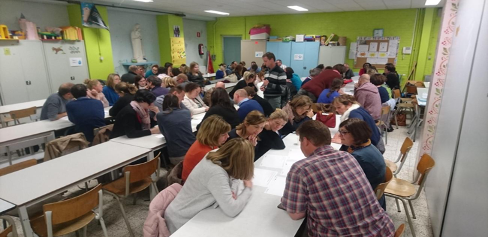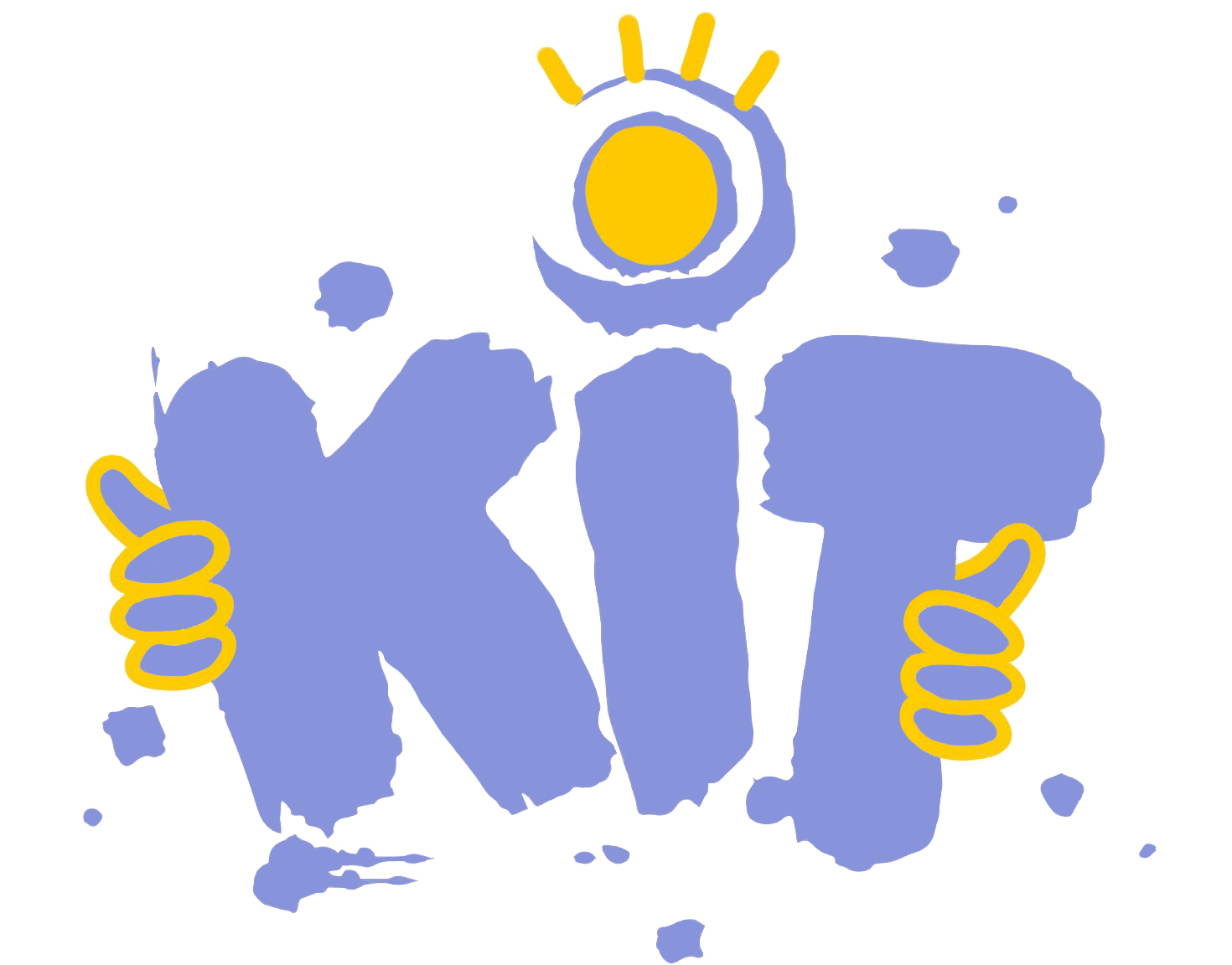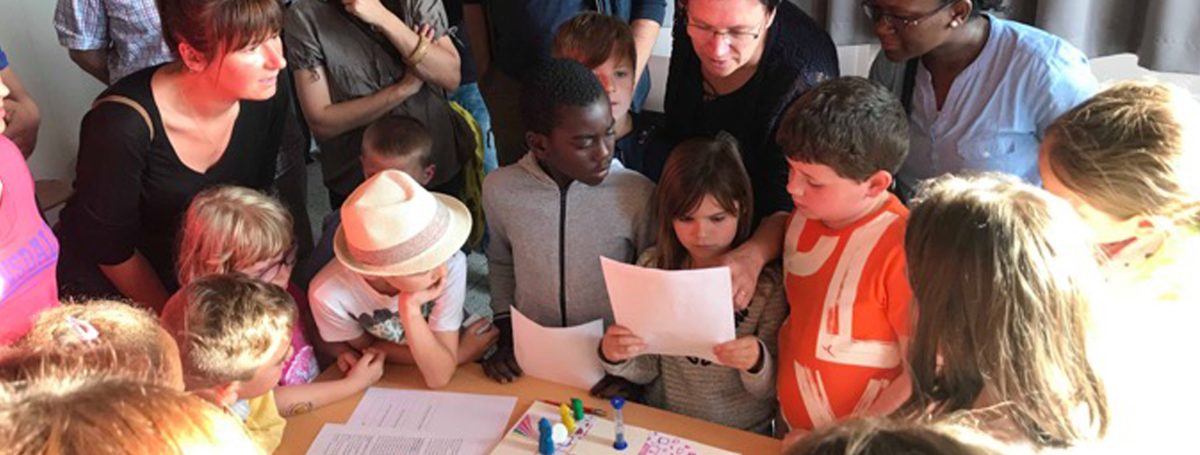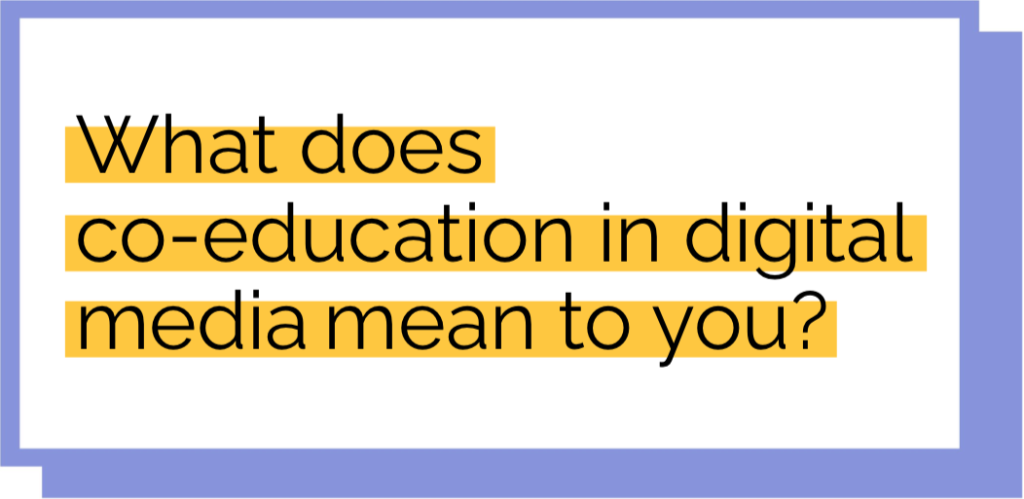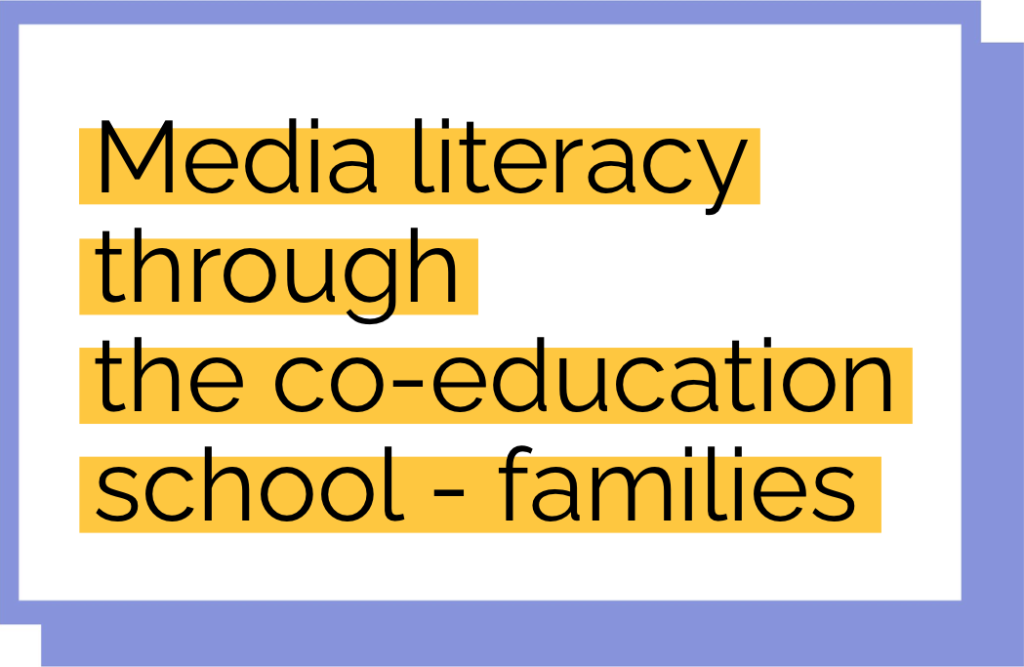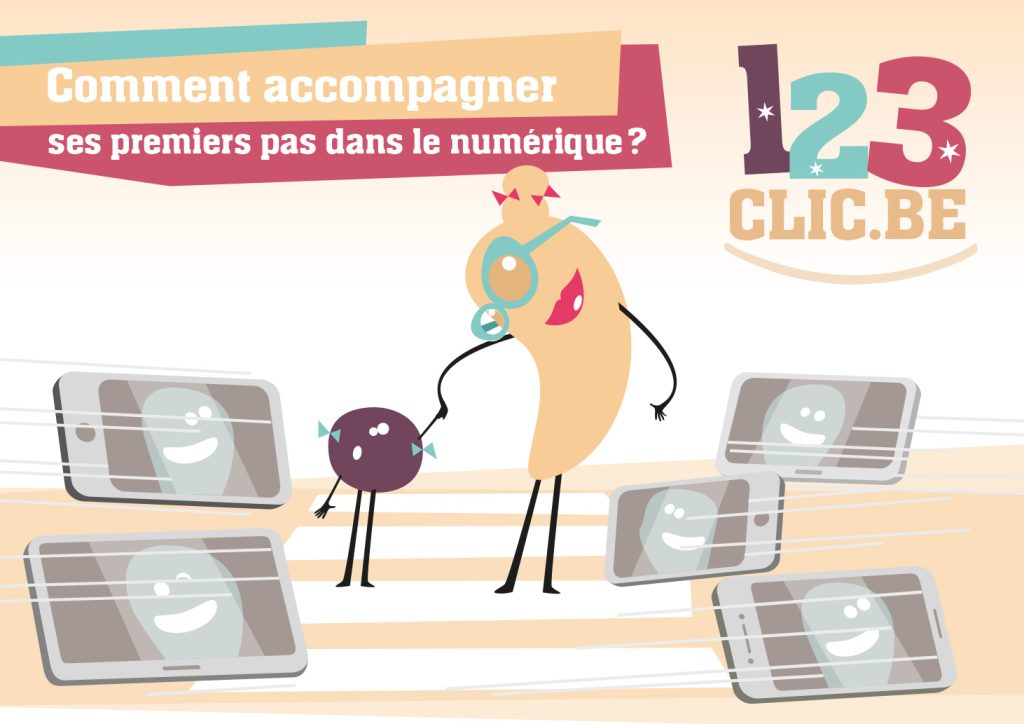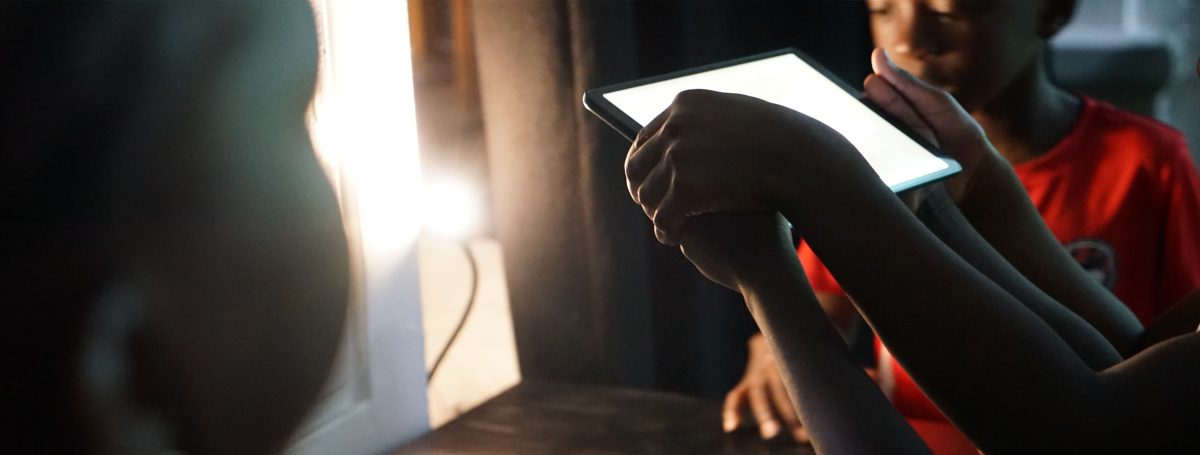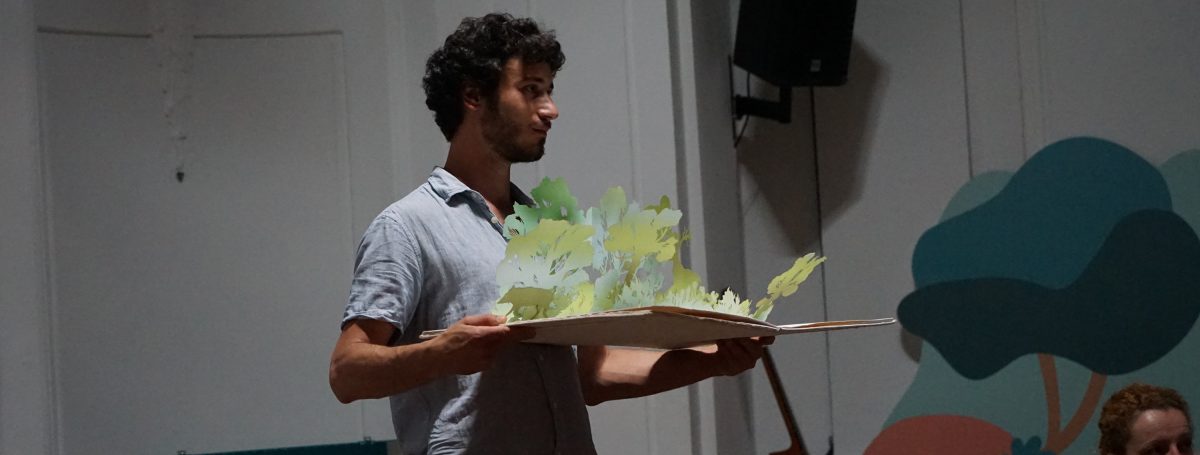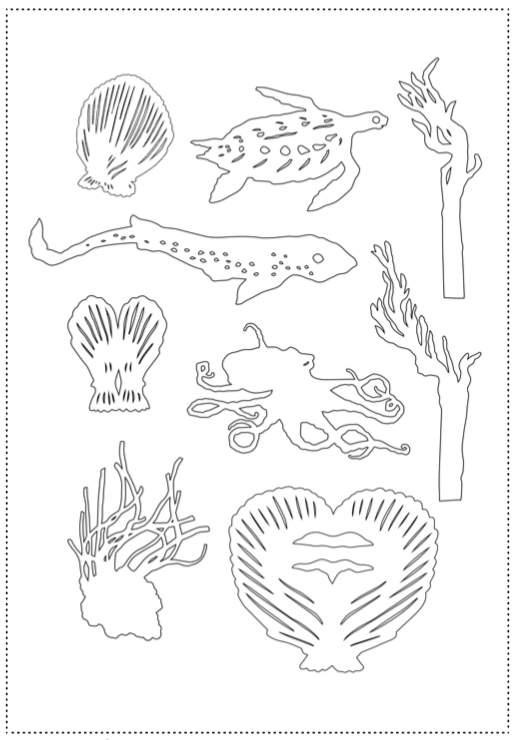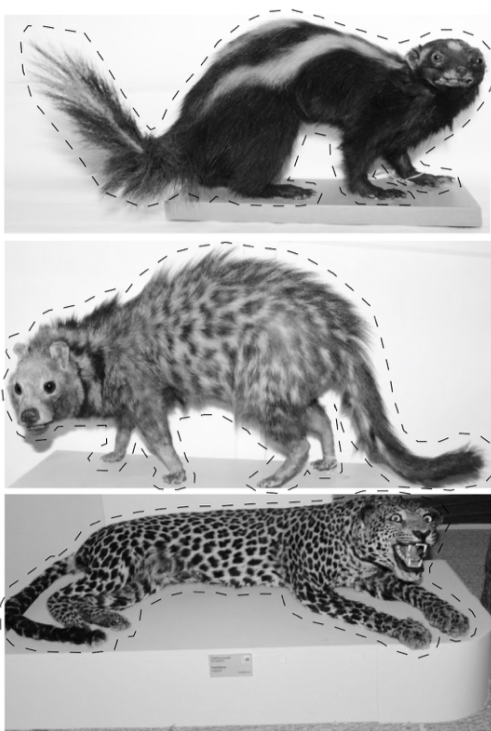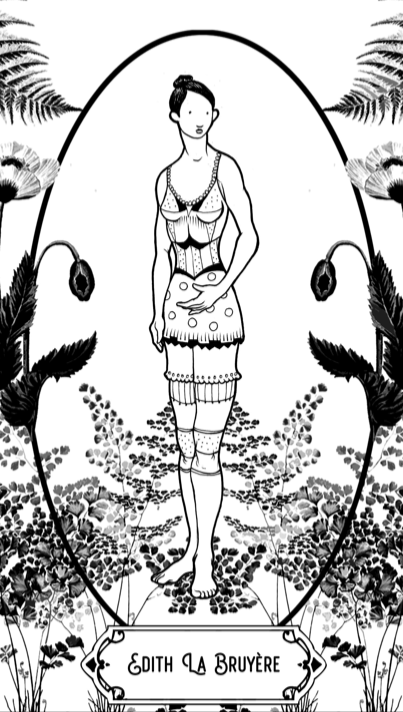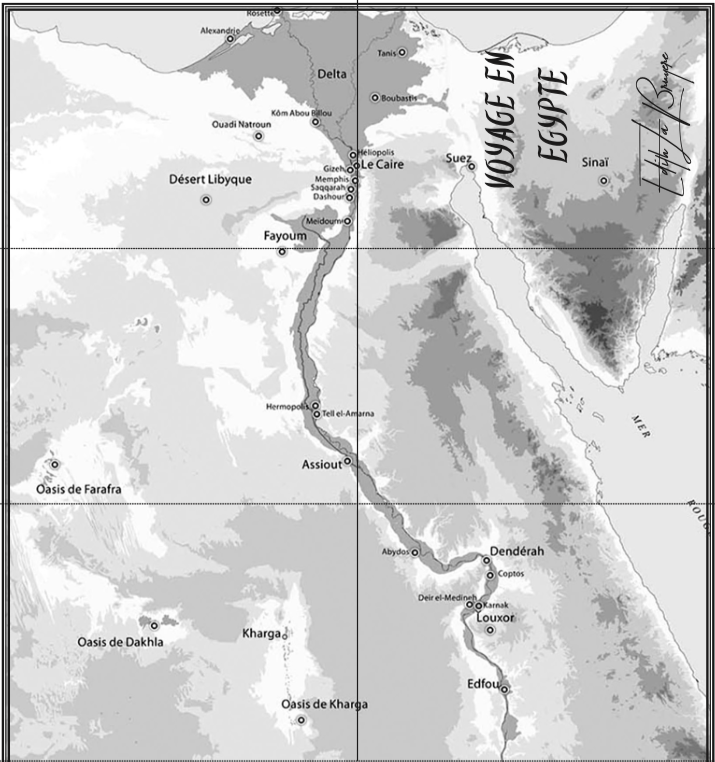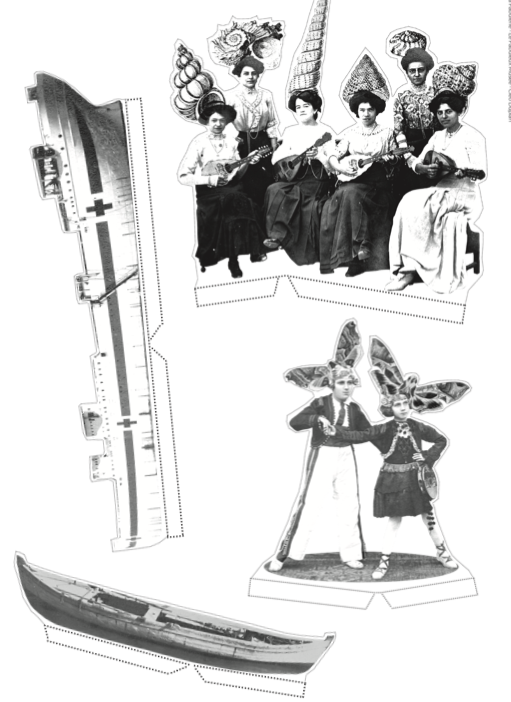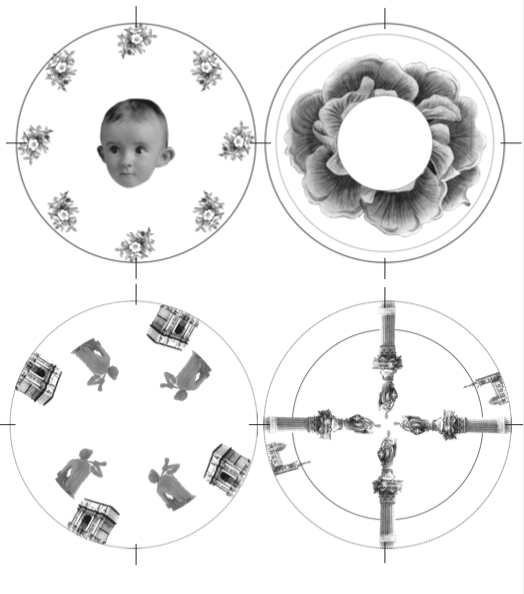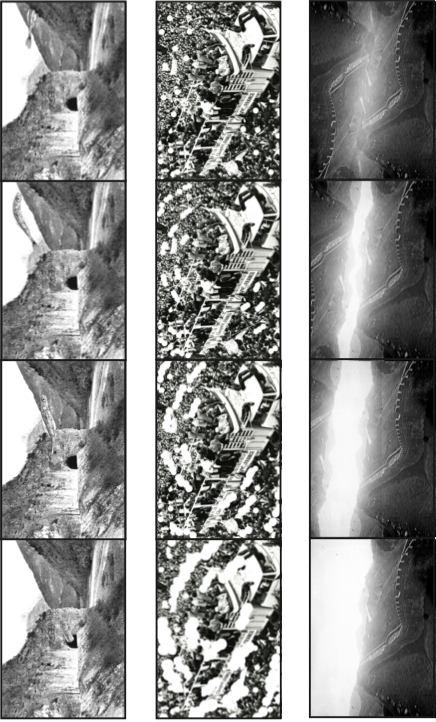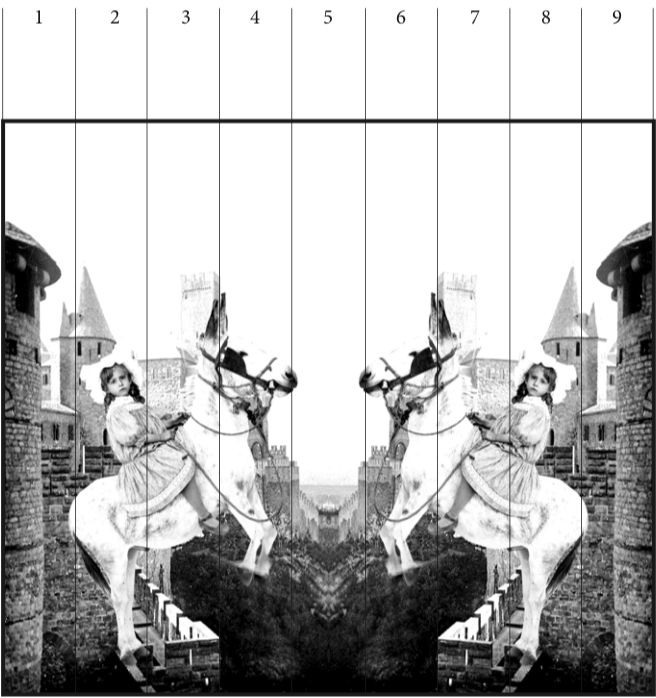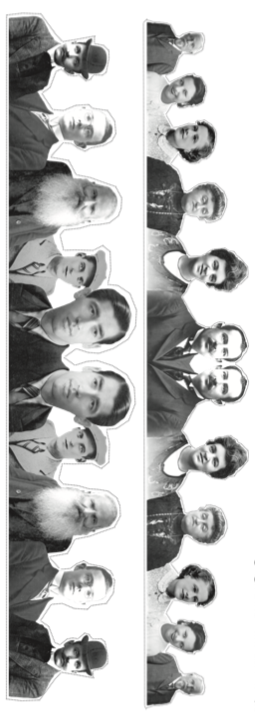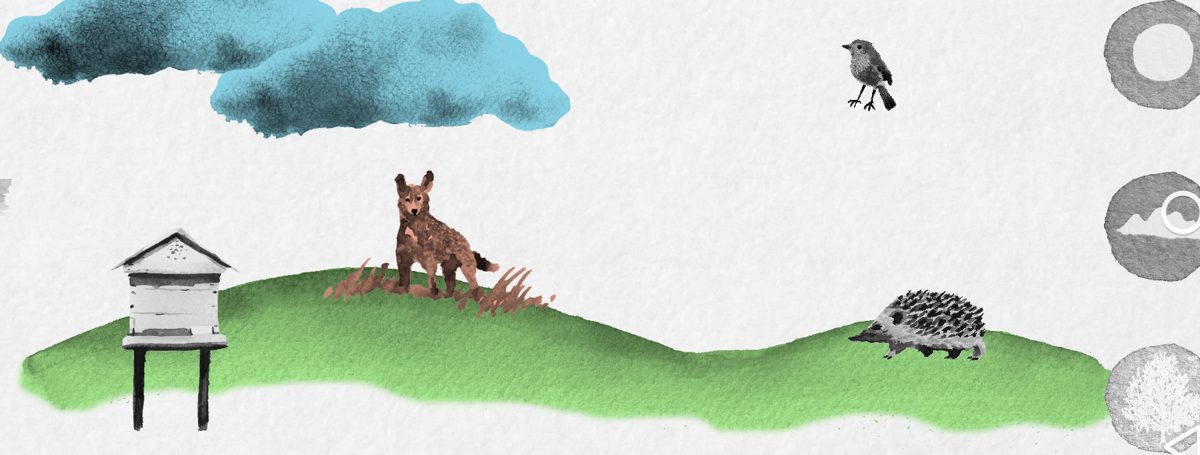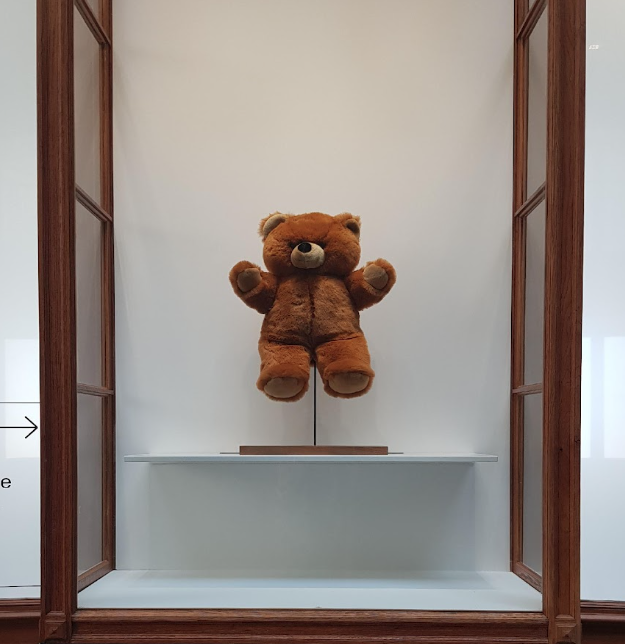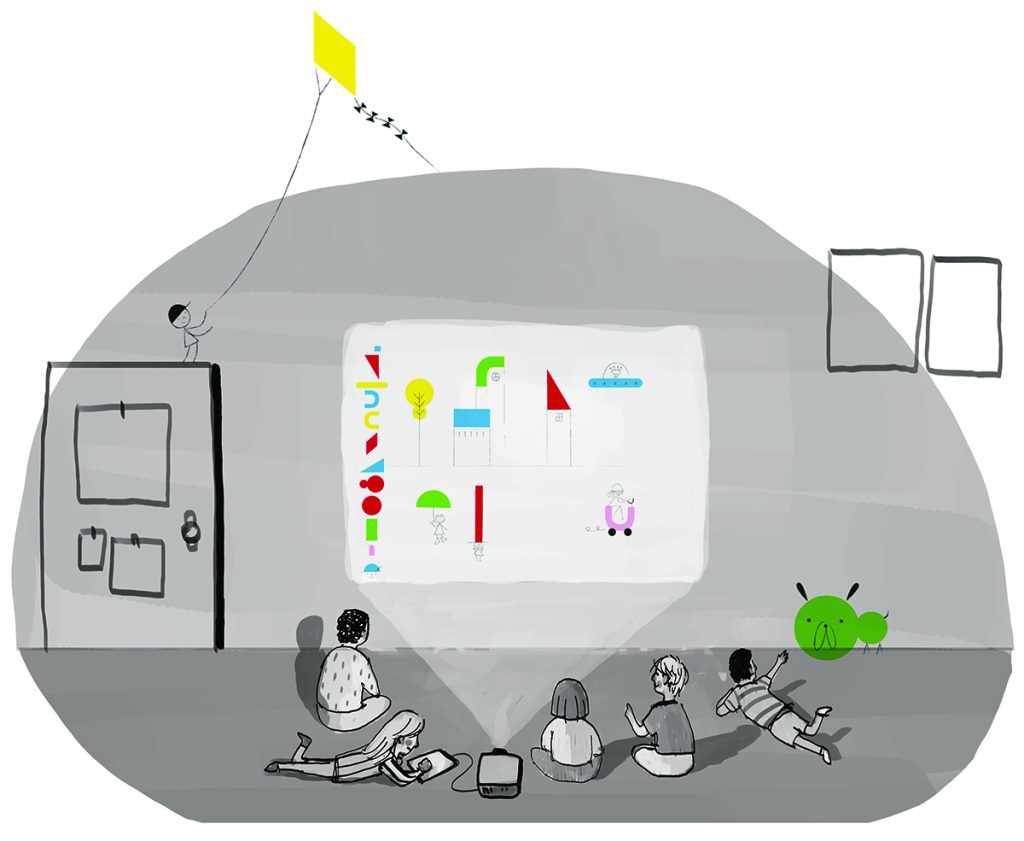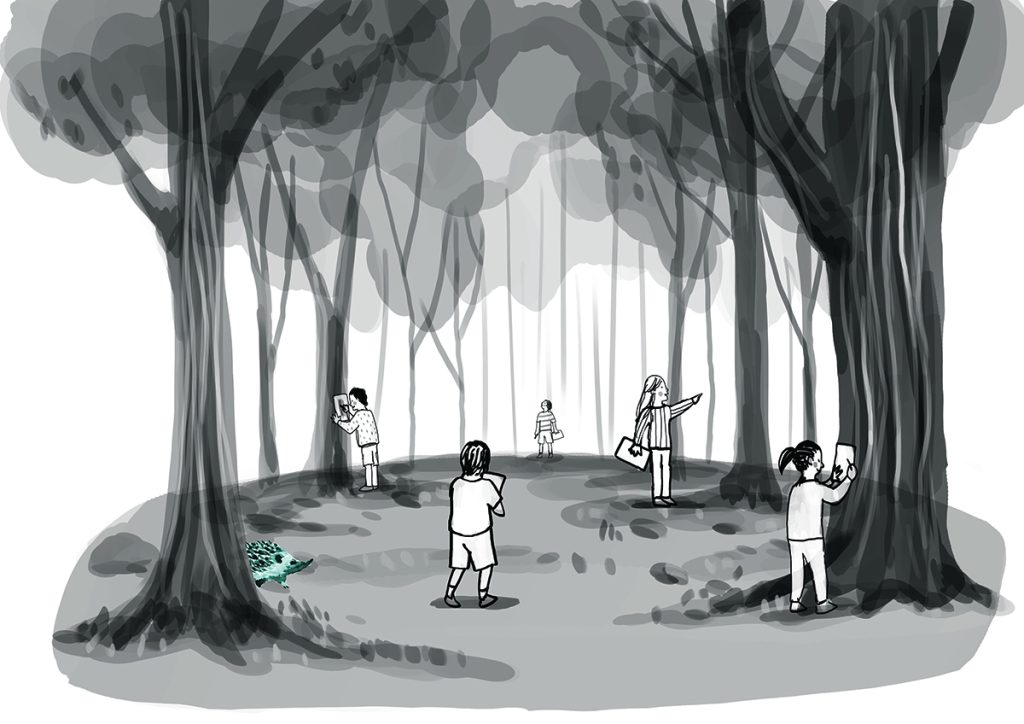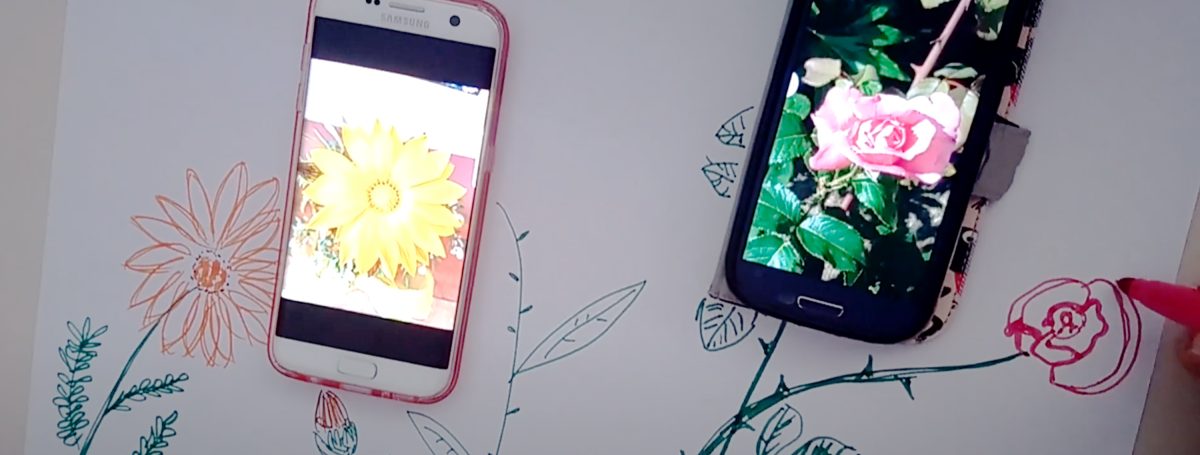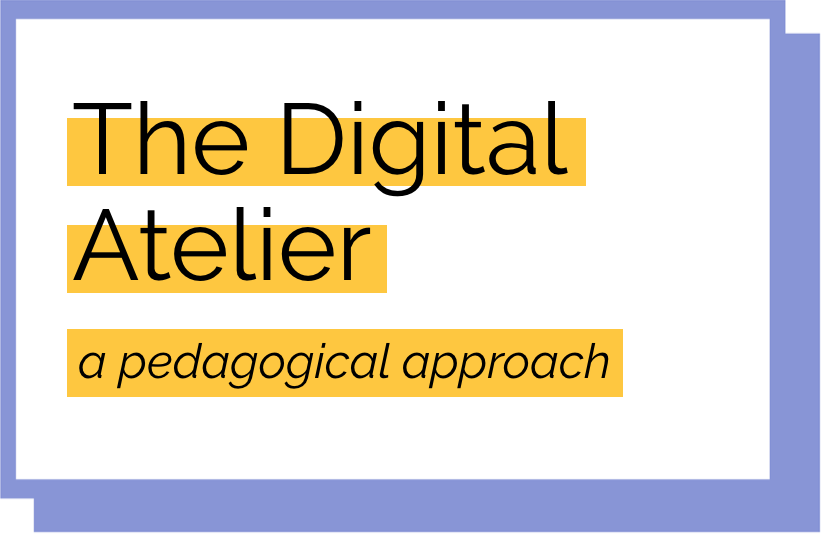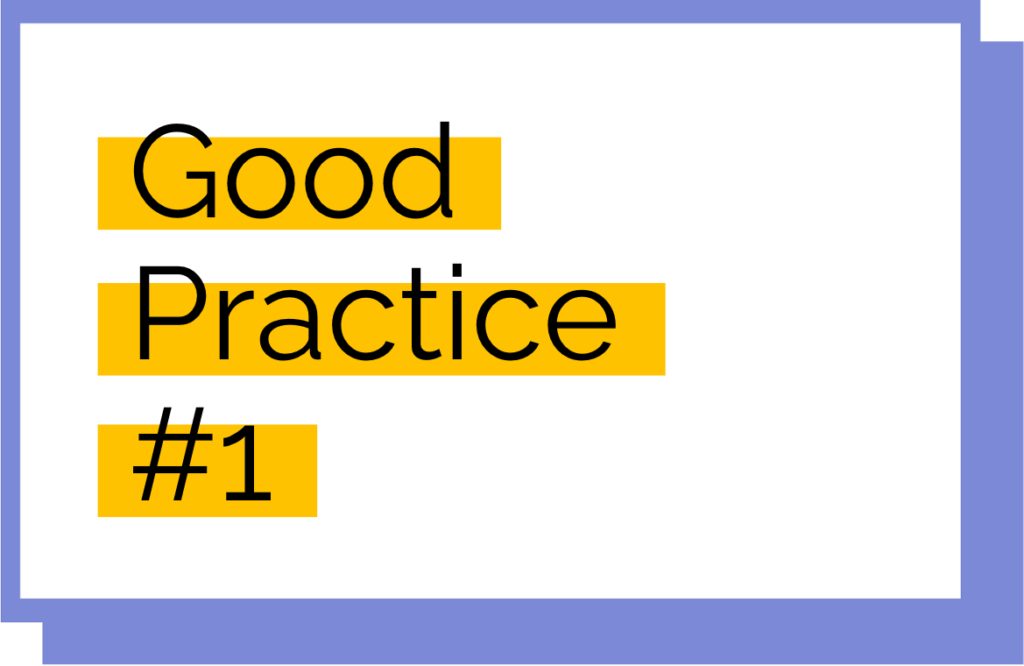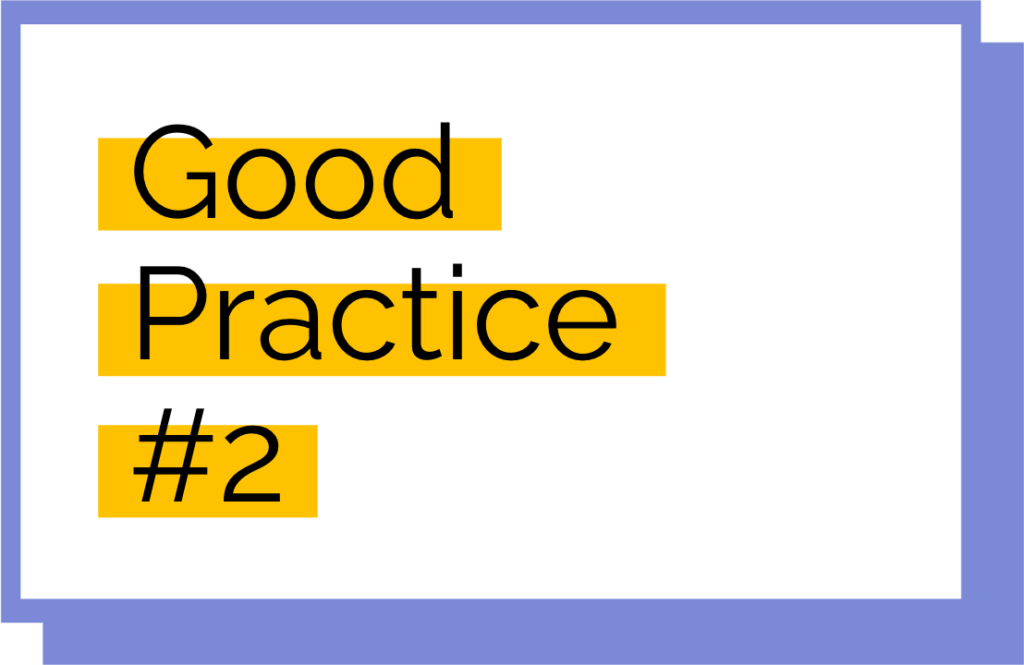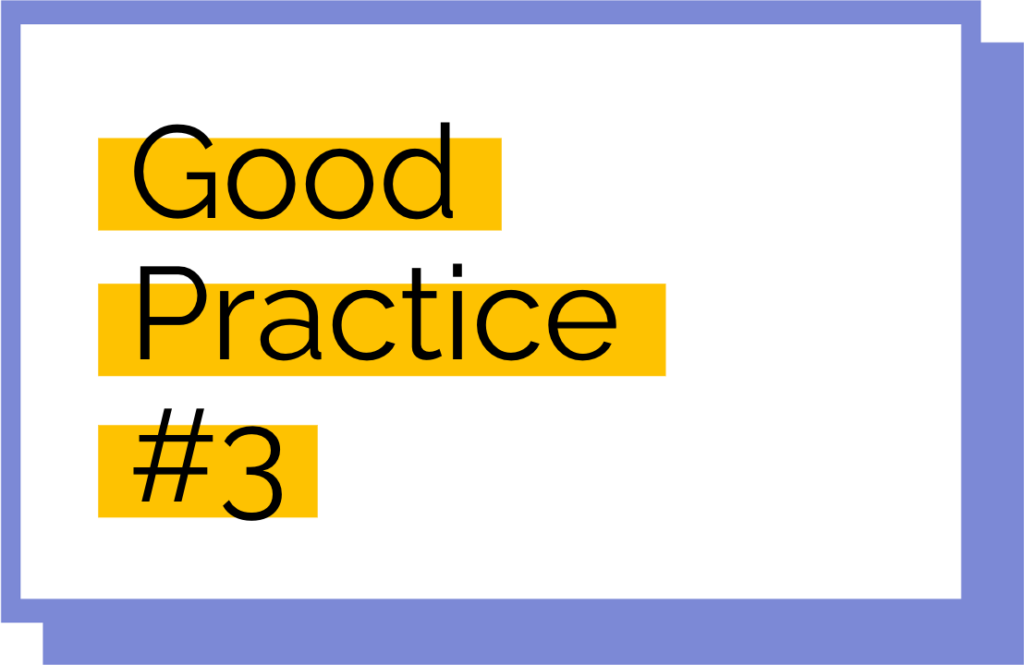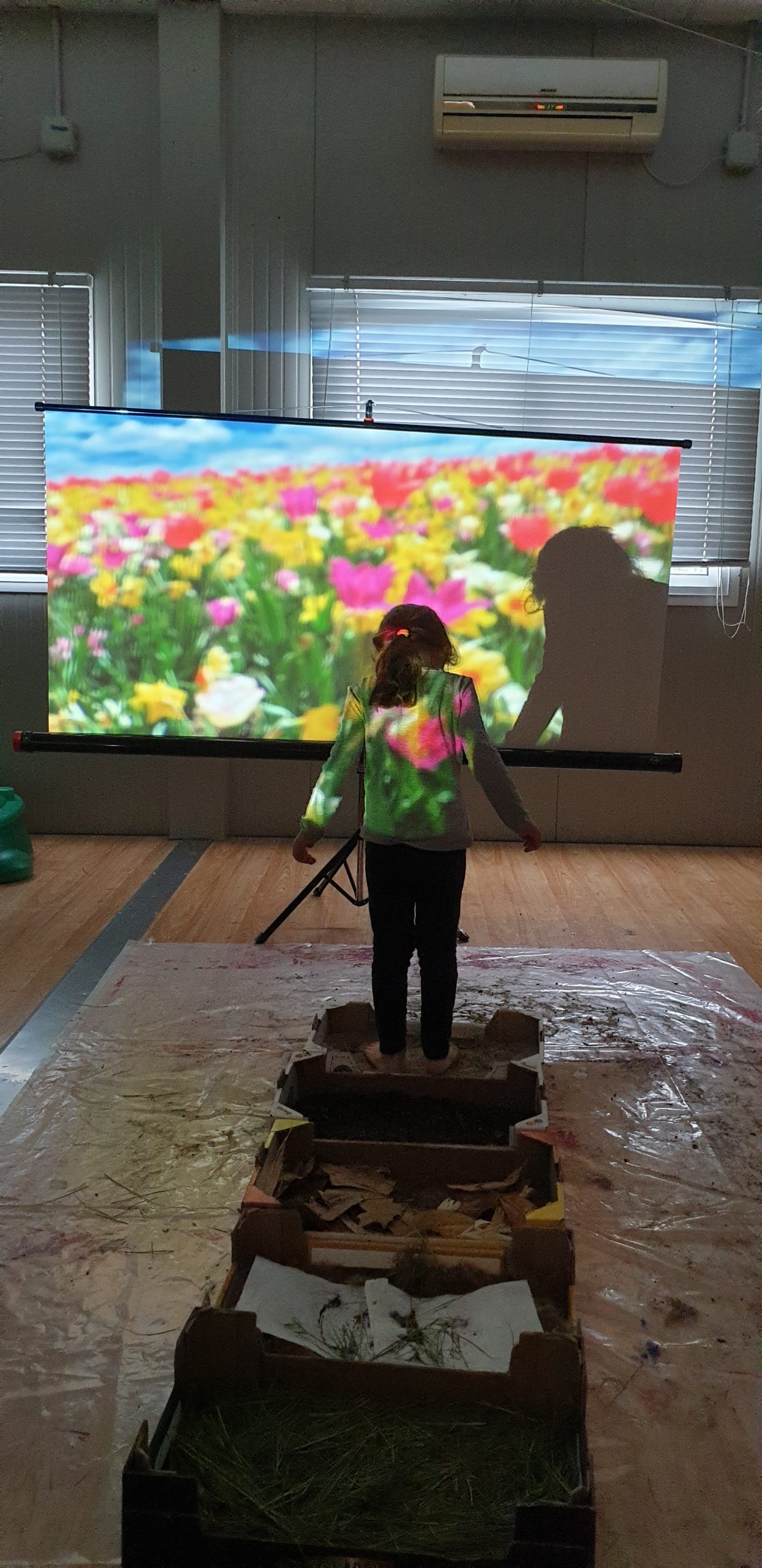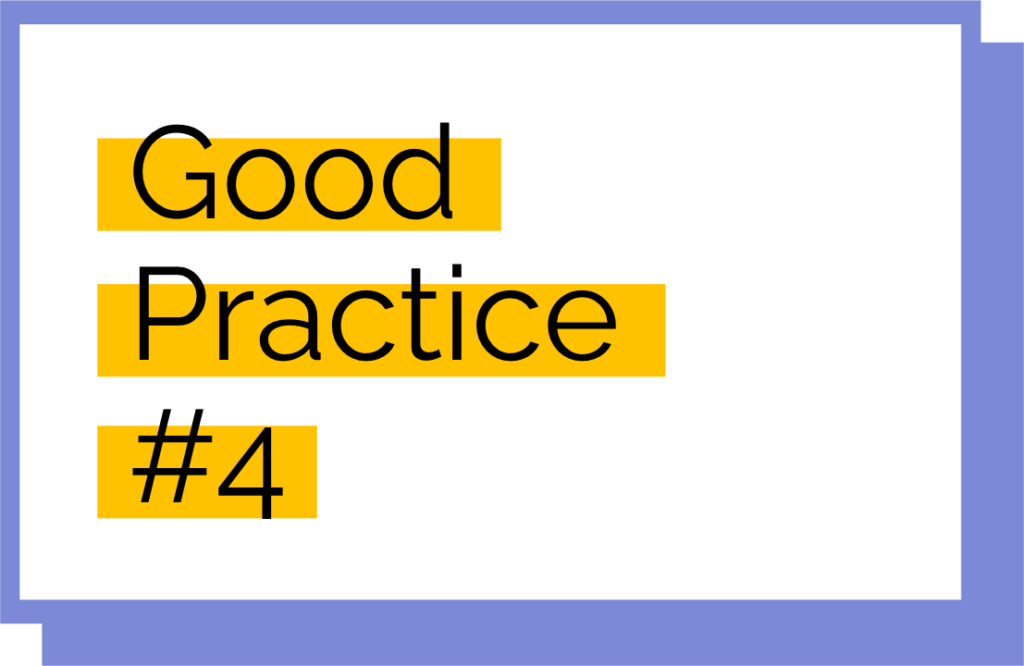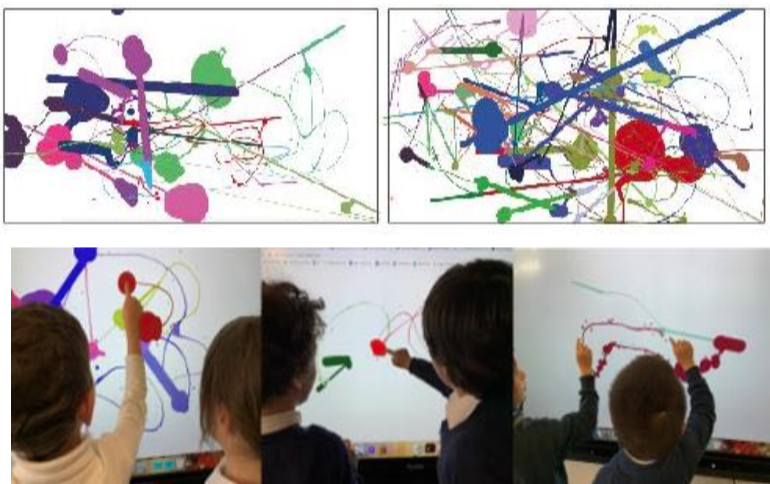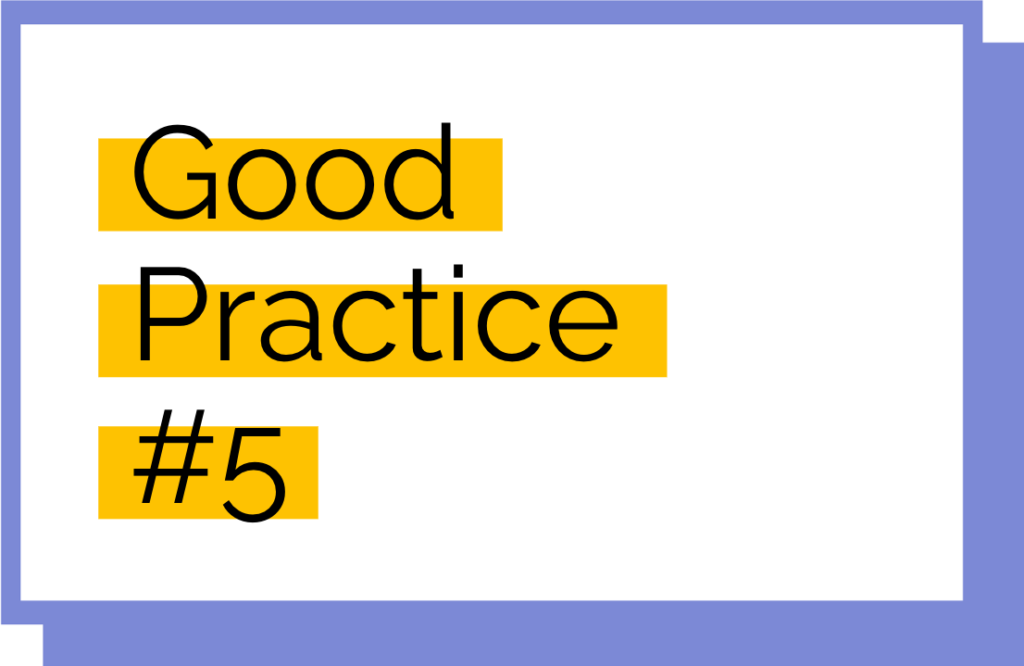Co-educate young children to media through a teachers-parents partnership
E-learning Modules > Module 4
Welcome!
In this module, we will focus on co-education, more specifically media literacy through the co-education school-families. With our project we aim to create an educational bridge between schools and families at the benefits of the children. Challenges related to digital media are at the crossroads of school and family. Working there together and putting the young child at the center of the collaboration, is a way to provide him with good benchmarks to evolve critically in a hyper-connected world.
What is co-education about?
As a teacher, how can I reach parents, collaborate with them, involve them?
What about media-education; are there projects that focus on this specific matter?
How to introduce the subject in a fun and constructive way?
You will find answers to those questions thanks to the diversity of material at your disposal below.
Learning goals in this session
- To understand the concept of co-education school – families: objectives and challenges identified.
- To illustrate the co-education methodology through Media Literacy projects and activities.
- To identify the obstacles and opportunities of co-education to media literacy.
- To brainstorm about solutions/tips/ for making coeducation a success.
Good practice #1
Tandem: learning scenarios
Learning scenarios of media education activity for schools & families
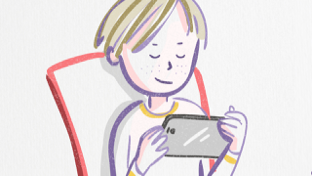
Good practice #2
Tandem: tips for school-families partnership
Methodological tips for school – family partnership in media education
